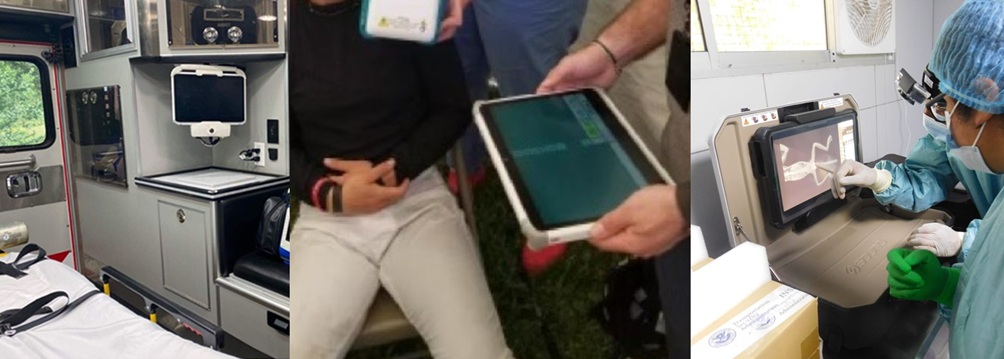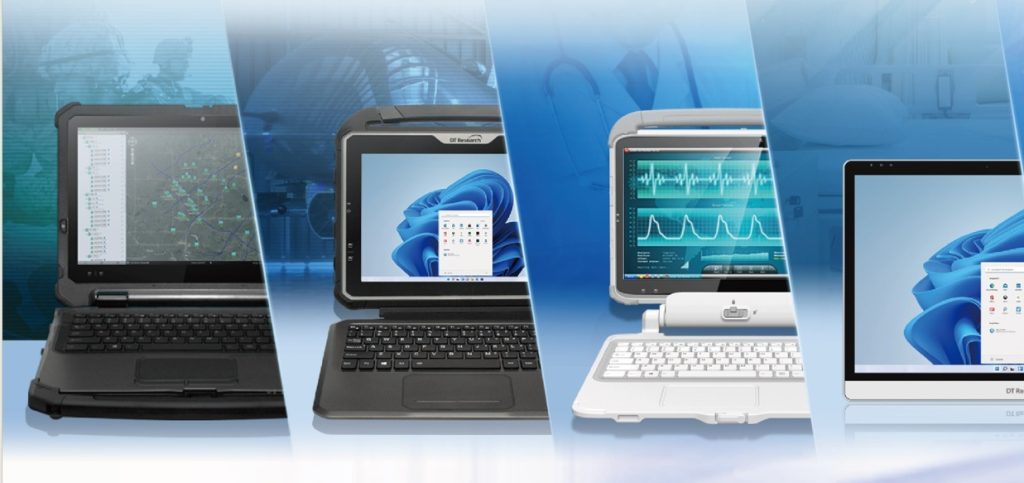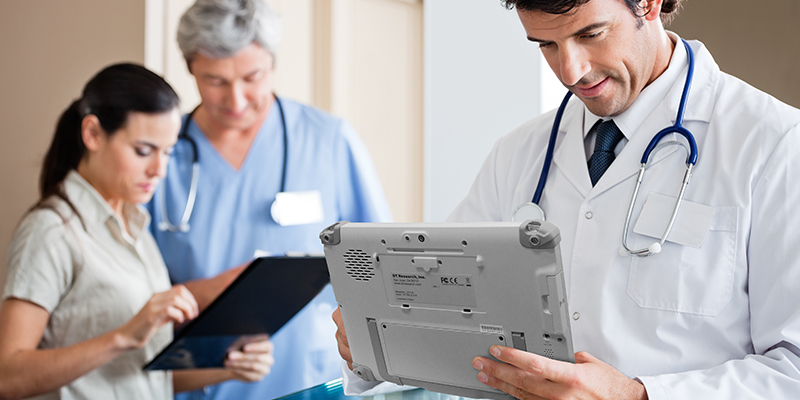
In today’s fast-paced medical environments, from ambulances rushing to emergencies to remote field clinics and the sidelines of sporting events, having reliable, rugged computing solutions can make all the difference. Medical tablets are purpose-built for these demanding scenarios, ensuring healthcare professionals can deliver care where and when it’s needed most.
Continue reading “Reliable Care Anywhere: How Rugged Medical Tablets Are Transforming EMS, Field Clinics, and Event Medicine”




